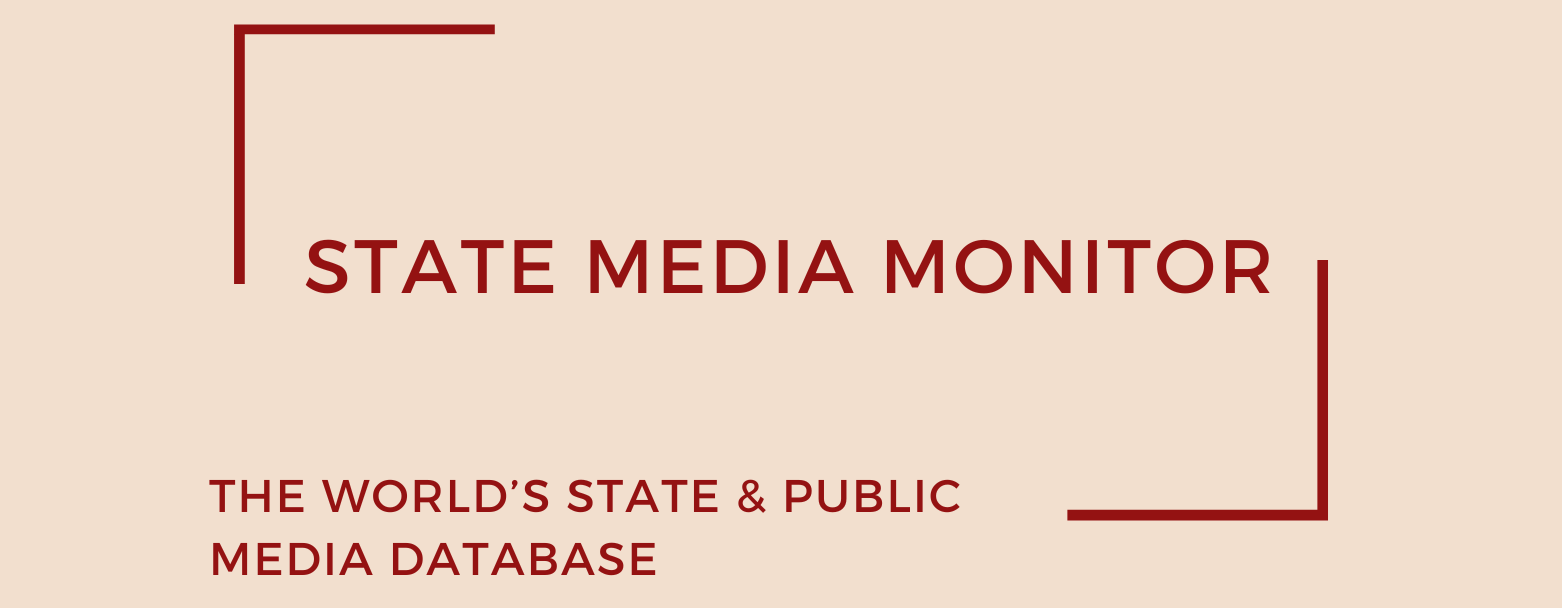Methodology
Research cycles
The methodological foundation for this study is the State Media Database that was created by Marius Dragomir in 2004 and updated by teams of experts working with various institutions he led, especially Center for Media, Data and Society (CMDS) at CEU in Vienna, and its successor, Media and Journalism Research Center (MJRC), as follows:
a). Global update (2006, 2010, 2013, 2020-2024);
b). Latin America (2006, 2012, 2023-2024);
c). European countries, North America, Australia and New Zealand (2005, 2009, 2012, 2013, 2015, 2017, 2020, 2023-2024);
d). Sub-Saharan Africa (2014, 2023-2024);
e). Asia (various regions including parts of Eurasia) in 2005, 2008, 2012, 2015, 2019, 2023-2024;
f). MENA (2015, 2019, 2023).
Country coverage
During the 2022 update, six more countries were included as follows: Iceland, Liechtenstein, Luxembourg, Monaco, North Macedonia in Europe and Malawi in Africa. In Luxembourg and Monaco, no state-administered media were identified. The sample of countries in the latest update in 2023 has remained unchanged. In 2024, a total of 13 countries were added as follows: Cape Verde, Mali, Sierra Leone, Fiji, Samoa, Solomon Islands, Bahamas, Barbados, Dominica, Saint Kitts and Nevis, Andorra, Kyrgyzstan, and Maldives.
Changes in methodology in 2022
Our methodology views media outlets as standalone entities that offer media services across multiple channels, including television and radio stations, print publications, and news portals. To ensure consistent comparisons across countries and regions, we categorize media operators as entities, rather than counting the number of channels or assets in their portfolios. In the event that an entity has acquired a significant number of outlets with the intention of gaining control of the media, such as KESMA in Hungary, this is duly noted in the analysis.
In the 2022 update, we identified all media outlets that are run as individual operators and classified them as distinct entities. This change has affected a few countries, including Nigeria, where we have now identified all the outlets in operation at the state level as separate entities, rather than counting them as part of the federal level. In instances where state media are operated by a single government entity, we will continue to count them as a single entity.
Criteria
The main criteria used in the creation and structure of the State Media Database are threefold: a). funding; b). management and governance; c). editorial control.
The methods used to categorize the state media are the following:
Step 1: Collection of data on
a). Funding: the budget of state media and the source of funding
Sources:
Tier 1 sources: annual reports of state media, legal acts that establish the funding model of state media
Tier 2 sources: media articles, NGO reports, academic reports
Tier 3 sources: interviews with media experts or sources in the media outlet, information from investigative reports
b). Management and governance
Sources:
Tier 1 sources: annual reports of state media, legal acts that establish the governance model of state media
Tier 2 sources: media articles, NGO reports, academic reports
Tier 3 sources: interviews with media experts or sources in the media outlet, information from investigative reports
c). Editorial control
Sources:
Tier 1 sources: legal acts or statutes that establish the mission of the outlet as a state propaganda unit, public statements by government officials establishing the propaganda role of the outlet
Tier 2 sources: media articles, NGO reports, academic reports
Tier 3 sources: interviews with media experts or sources in the media outlet, information from investigative reports, content analysis (in specific geographical contexts)
Step 2: Data analysis
Using the data gathered in each country and the criteria described in this study, the media outlets have been categorized according to the models introduced by the State Media Matrix.
Definitions and thresholds
No (if implemented)
Research limitations
This database is based on our ongoing data collection, which is managed by a team of experts hired by the Media and Journalism Research Center (MJRC). The database draws extensively on data collected in the Media Influence Matrix project, which was conducted by the Media and Journalism Research Center in collaboration with partner organizations and experts.
The media industry is highly dynamic, with some outlets able to rapidly transition between State Media Matrix models. These changes cannot be captured in real time. However, the overall trends captured through this project at any given point in time are not significantly affected by such inconsistencies.
If you are interested in partnering in this project, contact Media and Journalism Research Center (MJRC) at mjrc@journalismresearch.org.
